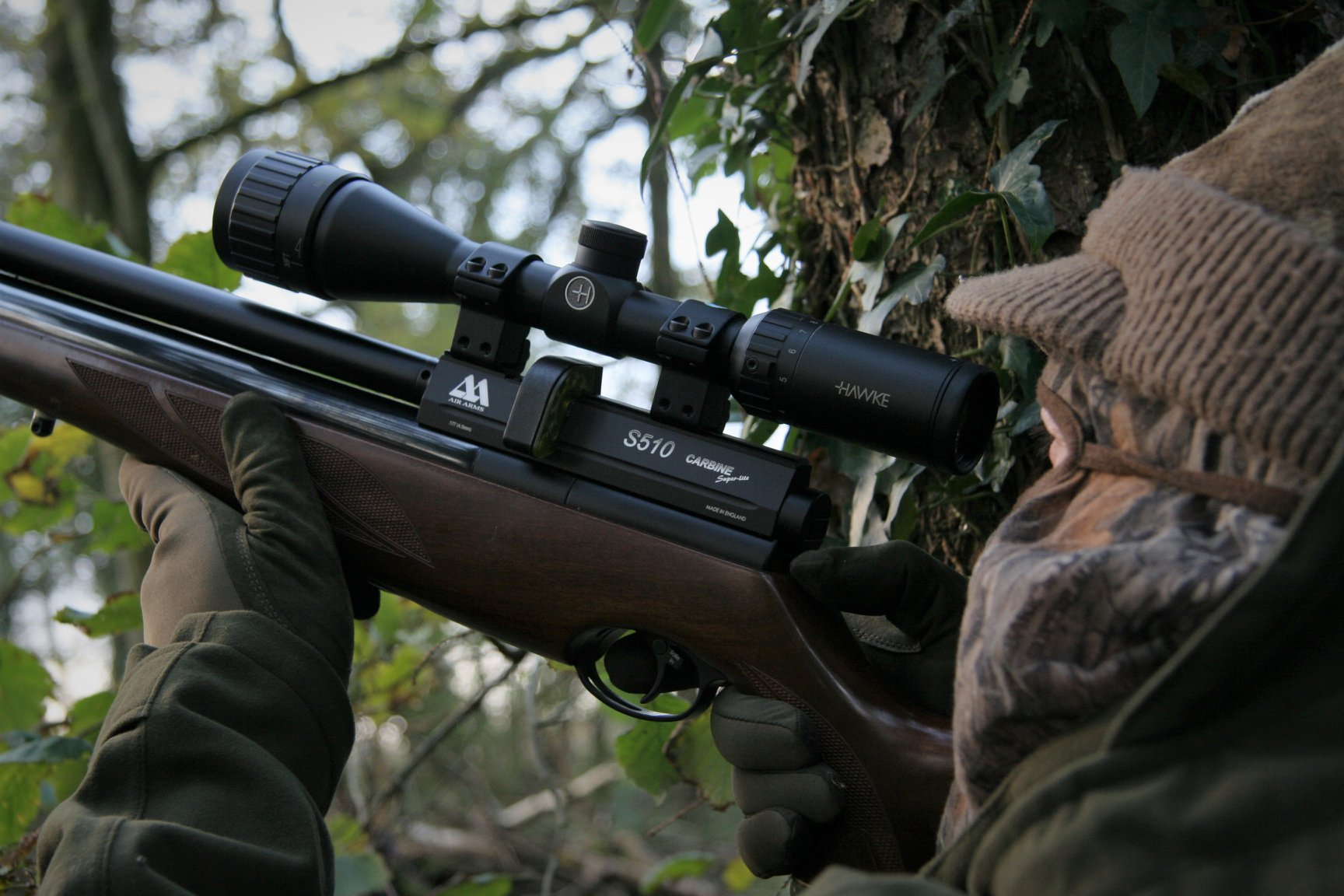
Are you passionate about shooting sports or hunting? If so, then you’re in for a treat with this article. Have you ever wondered why PCP air rifles can be viewed as a step above traditional airguns? Delivering impressive power, accuracy, and consistency makes them a powerful tool in the hunting world today.
In this blog post, we’ll be diving into the world of PCP (Pre-Charged Pneumatic) air rifles and exploring what they are and why they have become a favourite among shooting enthusiasts worldwide.
A brief lesson in the history of the PCP air rifles
The concept of using compressed air to power firearms can be traced back to the 16th century. The first recorded drawing of a PCP airgun is from around 1500/1600s, invented by French gunmaker Marin LeBourgeoys. This early design fired darts instead of pellets.
One notable milestone in the history of the PCP air rifle is the Girandoni air rifle, which was adopted by the Austrian army in the late 1700s. It was a repeating rifle powered by compressed air and held a significant advantage over traditional firearms of the time.
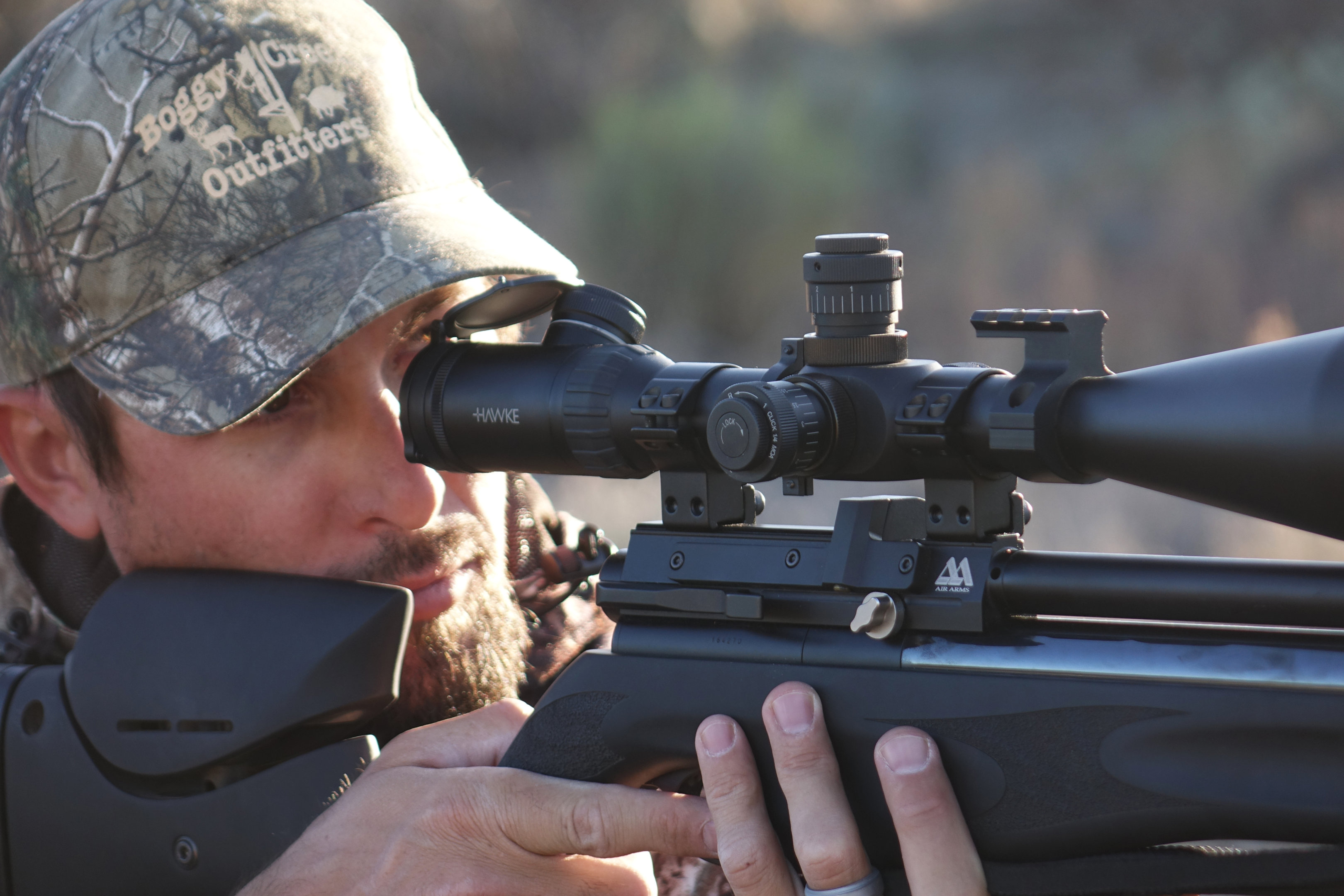
So, what is a PCP air rifle?
PCP stands for “Pre-Charged Pneumatic,” a term used to describe air guns that are filled with air before being fired. In the air gun industry, these guns are often referred to simply as “pre-charged.”
Unlike a traditional air rifle that relies on mechanisms like springs or CO2 cartridges, the PCP air rifle has a built-in reservoir that is the key component to its power for shooting.
The PCP air rifle is known for its exceptional power, accuracy, and consistency. The compressed air in the reservoir provides a regulated and consistent pressure, resulting in consistent velocities and minimal shot-to-shot variations. This makes a PCP air rifle popular among competitive shooters, hunters, and enthusiasts who require precise shot placement.
How does a PCP air rifle operate?
A PCP (Pre-Charged Pneumatic) air rifle works by utilising compressed air to propel pellets or bullets. Let’s take a look at how they operate:
Filling the Air Reservoir:
PCP air rifles have an onboard reservoir that needs to be filled with compressed air. This can be done using a hand pump, scuba tank, or compressor.
Cocking and Loading:
After the reservoir is filled, the rifle is cocked by either pulling back a bolt or lever, or in some models, the action is automatically cycled. This prepares the rifle for firing.
Trigger Mechanism:
When the trigger is pulled, it releases a hammer or striker, which hits a valve in the air reservoir. This valve opens, allowing a controlled amount of compressed air to flow into the barrel.
Propulsion:
The release of the compressed air propels the pellet or bullet out of the barrel at high speed. The force generated by the expanding air provides the power for the shot.
Repeat Shots:
PCP air rifles can typically deliver multiple shots on a single charge. After each shot, the process can be repeated by cocking the rifle again and pulling the trigger.
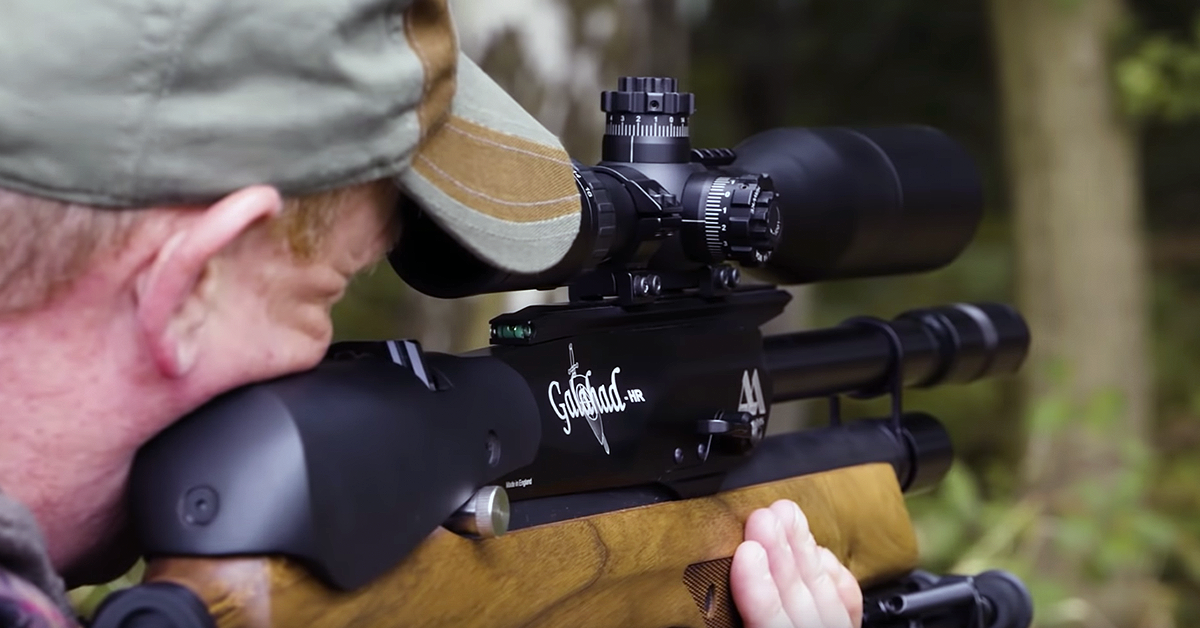
What other air rifles are there?
When looking at PCP rifles, we can better understand them when we compare them to the other types of air rifles on the market. While pre-charged pneumatic (PCP) rifles deliver exceptional power and accuracy, the spring-piston and break barrel rifles are known for their simplicity and affordability. Gas-piston rifles offer smoother shooting and reduced recoil, and CO2-powered rifles provide convenience and easy maintenance.
Whether you’re a beginner or an experienced shooter, there’s an air gun suited to your needs and preferences. So, let’s delve into the world of air rifles and explore the unique characteristics that make each type stand out a little more closely.
The four types of air rifles
Spring air Rifles:
These rifles operate on a simple mechanism where a coiled spring is compressed when you break the barrel. When you pull the trigger, the spring decompresses, propelling the pellet forward. Spring-piston rifles are known for their reliability and affordability. They are widely available and suitable for beginners who want to hone in on their target practice.
-
Unique Features: Spring-piston rifles use a coiled spring and a piston to compress air. They are known for their simplicity and reliability.
Gas-Piston Rifles:
Gas-piston rifles, also known as gas-spring or nitro-piston rifles, use a gas-filled cylinder instead of a coiled spring. The gas is compressed when you cock the rifle, and upon firing, it expands rapidly to propel the pellet. Gas-piston rifles offer smoother shooting, reduced recoil, and improved accuracy compared to spring-piston rifles.
-
Unique Features: Gas-piston rifles use a gas-filled cylinder instead of a coiled spring. This system provides a smoother shooting experience and reduces recoil.
CO2-Powered Rifles:
CO2-powered rifles utilise carbon dioxide cartridges to propel the pellets. These rifles are easy to use and maintain, as they don’t require manual cocking or pumping. By simply inserting a CO2 cartridge, you can shoot multiple rounds before needing to replace it. CO2-powered rifles are suitable for plinking and recreational shooting but may experience reduced power in colder temperatures.
-
Unique Features: CO2-powered rifles utilise compressed carbon dioxide gas from disposable or refillable cartridges.
Pre-Charged Pneumatic (PCP) Rifles:
Now that we have a good idea of the other options – let’s compare a PCP rifle.
PCP air rifles are considered the most powerful and accurate air rifles available. They work by using a reservoir of compressed air, typically filled from an external compressed air cylinder/ source such as a hand pump or scuba tank. PCP rifles offer multiple shots per fill, consistent power, and high velocities. They are commonly used by competitive shooters and serious hunters.
-
Unique Features: PCP rifles store compressed air in a reservoir that propels the pellets.
-
Advantages: PCP rifles provide exceptional power, accuracy, and consistency. They have multiple shots per fill and offer adjustable power settings.
-
Limitations: PCP rifles tend to be more expensive and require additional equipment like a hand pump or compressed air source for refilling. They also require regular maintenance.
PCP has got the power!
Ultimately, the choice of air rifle depends on individual preferences, shooting requirements, and budget. However, after looking at the other types of air rifles you can get, it’s clear that if you’re looking for an accurate, powerful air gun, a PCP may be the perfect air rifle to choose.
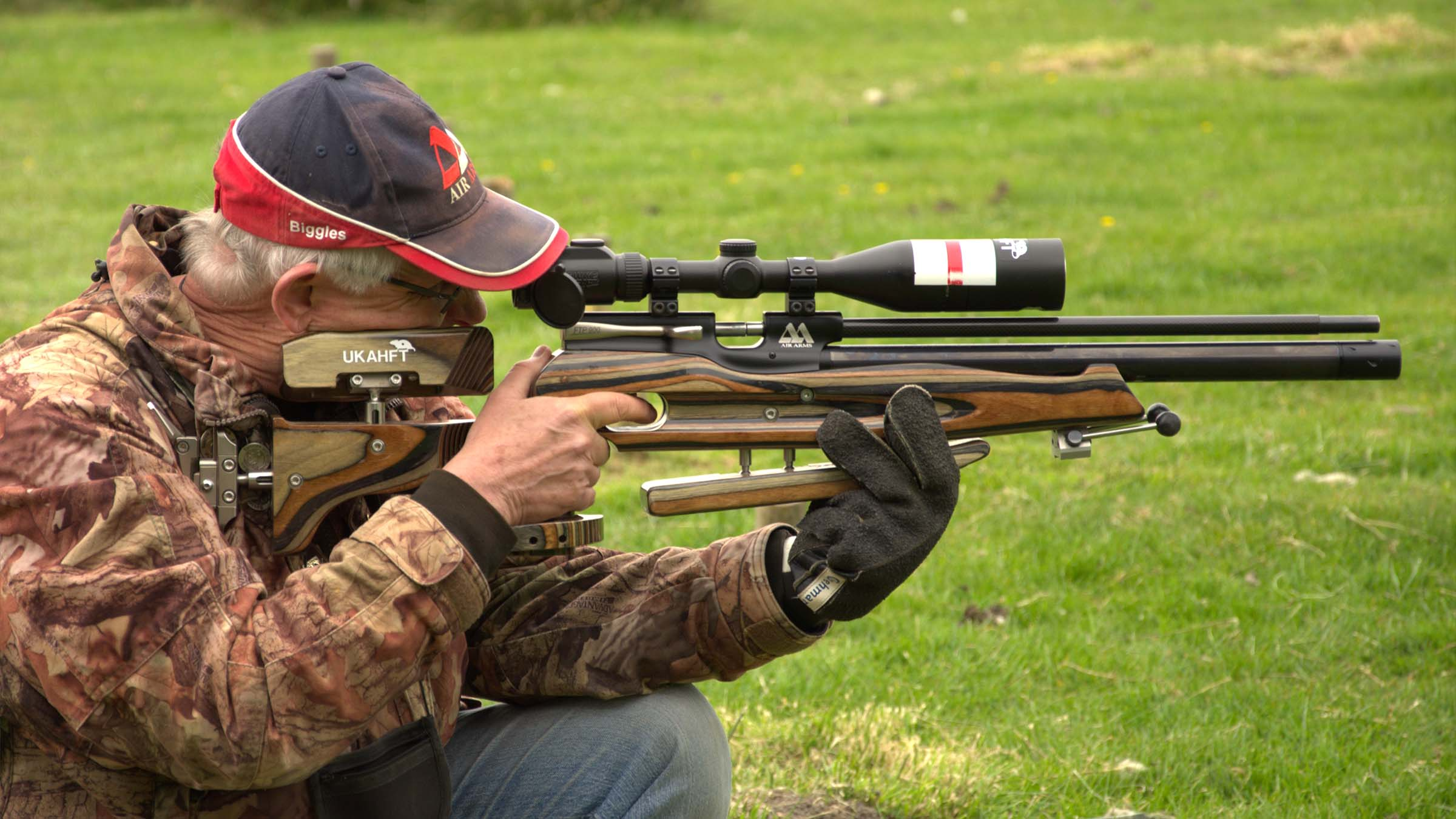
The highlights of PCP air rifles
Power and Range:
PCP air guns can deliver high muzzle velocities and have the ability to shoot at longer ranges compared to other types of air rifles. This makes them suitable for hunting small game or engaging targets at greater distances.
Multiple Shots:
PCP air guns offer the advantage of multiple shots per fill. With a full air reservoir, shooters can enjoy a series of consecutive shots without needing to refill, making it convenient for extended shooting sessions or hunting trips.
PCP air guns have, on average, between 30-400 shots before recharging becomes necessary.
Adjustable Power:
Many PCP air guns allow shooters to adjust the power level. This feature gives users control over the velocity and energy output, making it adaptable for various shooting scenarios and preferences.
Quiet Operation:
PCP air guns produce less noise compared to other types of airguns. This can be advantageous for hunters who want to minimise noise disturbance and maintain stealth while shooting.
Recoil-Free:
PCP air guns have little to no recoil, providing a stable shooting platform. This lack of recoil allows shooters to maintain better accuracy and follow-up shots.
Ease of Shooting:
PCP air guns are generally easier to shoot compared to spring-powered air rifles. The lack of a strong spring or piston to compress reduces the effort required to cock the rifle, making it more user-friendly.
Low Cost per Shot:
While PCP air guns may have a higher initial investment cost, the cost per shot is relatively low. Since they use compressed air as a power source, shooters don’t need to purchase additional CO2 cartridges or replace springs, resulting in long-term savings.
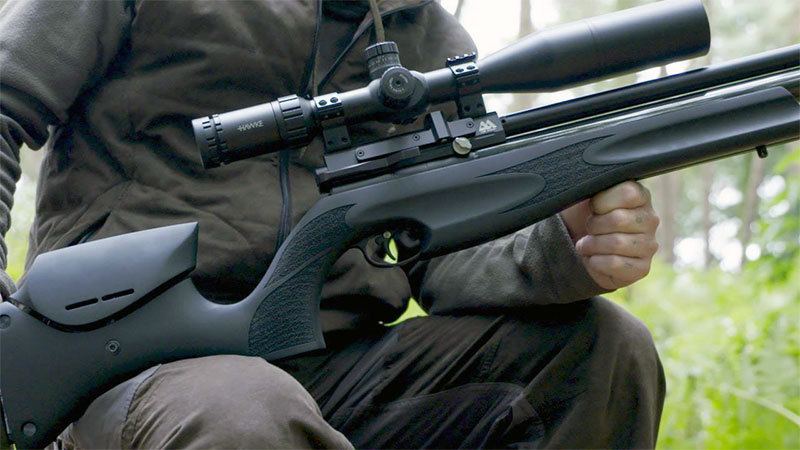
What can you do with PCP air rifles?
Now that we have a good idea on what a PCP gun is and how it works – let’s take a look at some of the many things you can do with them.
Target Shooting
PCP’s offer exceptional accuracy, making them perfect for target shooting. Set up targets at various distances and challenge yourself to improve your marksmanship skills.
Pest Control
PCP’s are an effective and humane option for pest control. Whether you’re dealing with rodents, birds, or other pests, a PCP air rifle can help you manage the problem without the noise and danger associated with firearms.
Plinking
The term “plinking” refers to informal shooting at various objects such as tin cans, bottles, or other reactive targets for fun and relaxation. PCP’s provide a great platform for plinking due to their ease of use and multiple-shot capability.
Final thoughts
Whether you’re a hobbyist, a sports shooter, or an outdoor enthusiast, the world of air rifles offers a fascinating and rewarding experience. Think about the reasons as to why you want an air gun – whether it be for target shooting, small game hunting or pest control.
There are many leading manufacturers that sell all types of pellet guns – and here at air arms, we’ll have the perfect PCP air rifle for you. You can check them out here. We have different dealers that offer a different type of delivery service – most commonly picking-up from the store but some offering home delivery.
Consider the pros and cons of all the types of air rifles available and choose the best air rifle for you. With proper safety precautions and responsible handling, PCP air rifles can provide hours of enjoyment and a means to develop your shooting skills.
We have a range of advice on our website – but we would always recommend you checking out your local police force laws to make sure you have the most accurate information for your area. Do not hesitate to contact us with any questions or queries.








